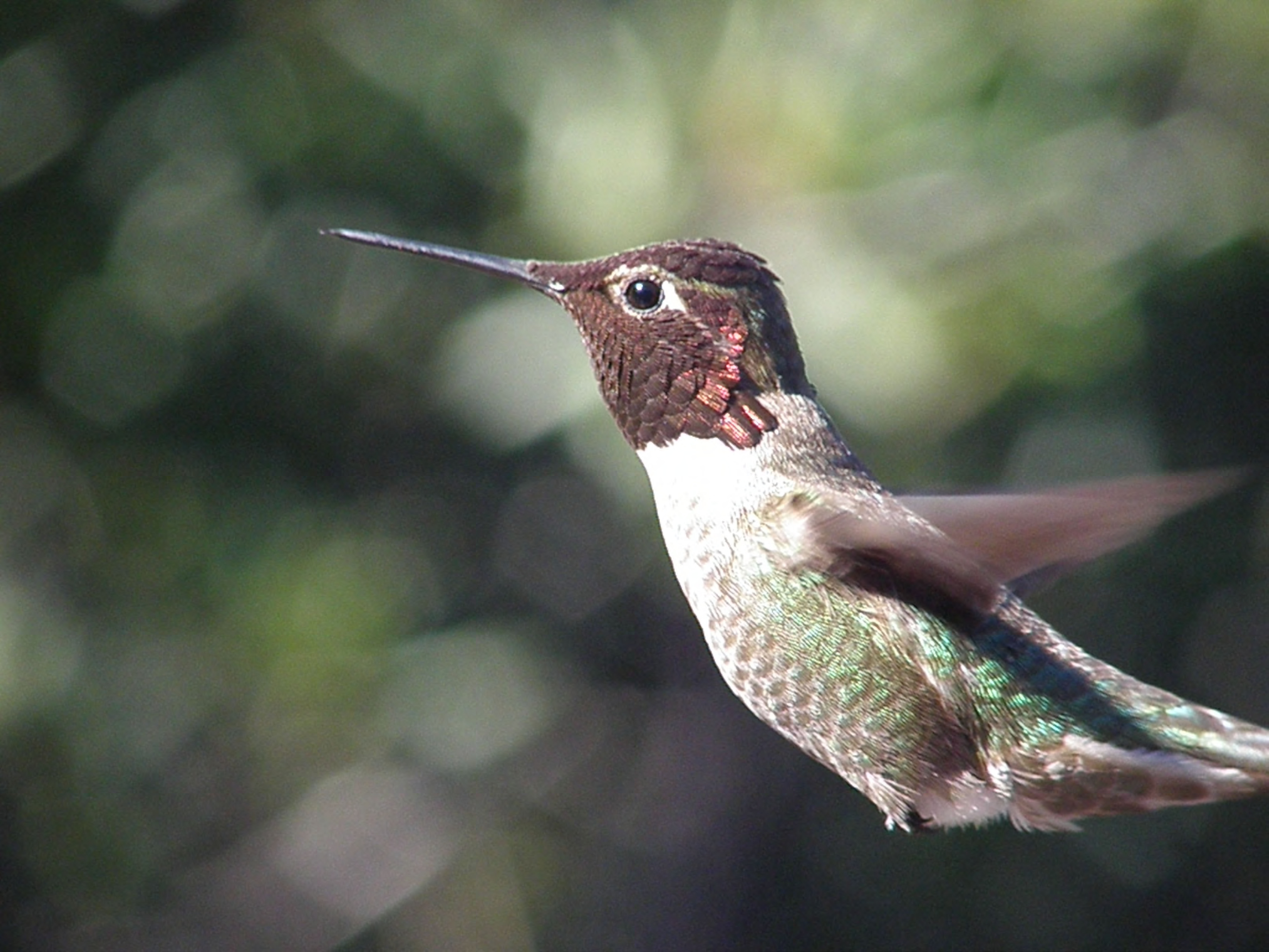
Hummingbirds are avid nectar drinkers, and their ability to perceive sugars enabled their extensive radiation in a new ecological niche. In a recent article in Science, Maude Baldwin, a visiting scientist in the Liberles Lab, uncovered a noncanonical mechanism for sweet taste detection that evolved in hummingbirds since divergence from swifts, their insect-eating relatives. Phylogenetic analysis indicates that an ancestor of birds- likely within Dinosauria- lost an essential subunit of the only known vertebrate sweet receptor, raising questions of how specialized nectar-feeders sense sugars. Receptor expression studies revealed that the ancestral umami receptor (T1R1-T1R3 heterodimer) was repurposed in hummingbirds to function as a carbohydrate receptor. Furthermore, the molecular recognition properties of T1R1-T1R3 guided taste behavior in captive and wild hummingbirds. These studies illustrate how changing the ligand recognition properties of a single sensory receptor can facilitate the evolution of new species.
For more details, see also http://hms.harvard.edu/news/sweet-feat.